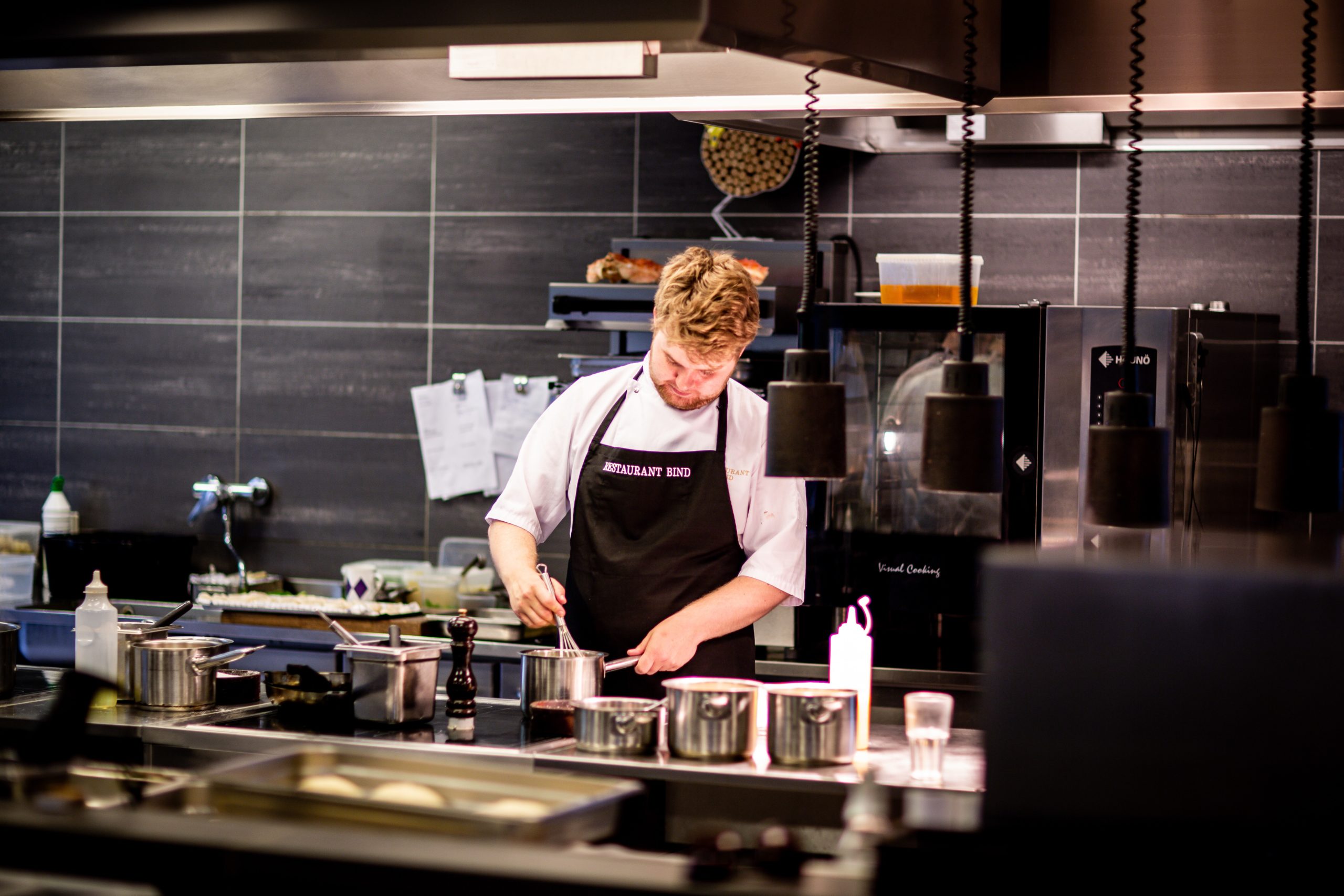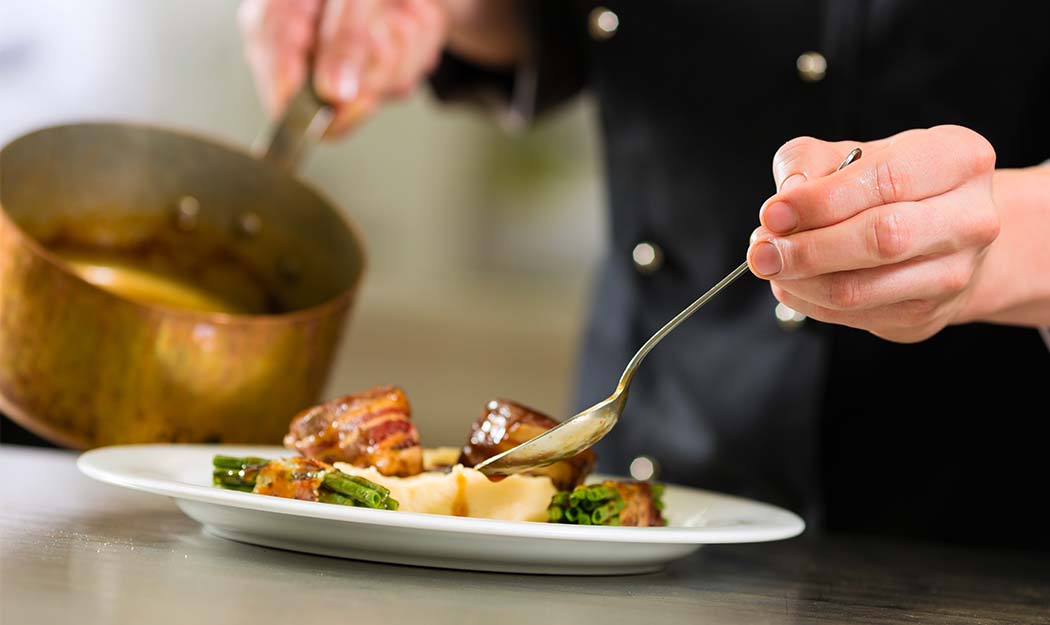
The most common reasons your cast-iron skillet is warping are: These include thermal expansion, sharp flash, and reseasoning. This article will show you how to avoid these issues. Here are some simple solutions to the problem of your skillet warping. Here are some common causes. You may also want to read this article on Sharp flash or Re-seasoning.
Thermal expansion
Cast iron is susceptible for warping. This can be caused by rapid temperature changes. The temperature change rapidly causes the center of cast iron to expand, while the outer layer is not affected. Extreme temperature changes like immersion in cold or sudden drops in temperature can cause cast iron to crack and warp. This is known as thermal shock. There are preventative steps you can take to avoid this, like heating the cast iron pan carefully before using it.
When cooking with high heat, you should try to keep your meat at room temperature before placing it in the pan. This will reduce the temperature differences between the meat & the pan. Mismatched pan sizes are another cause of warping. For example, if you place a large pan on a small burner, only the center is in contact with the heat, the central area will expand faster than the rest of the pan.

Sharp flash
Cast iron cookware will have seen this problem. Sudden temperature changes can cause sudden flashes. The hot center of a pan expands while the cool center doesn't. This causes iron stress, which leads to it warping. Fortunately, most flashes will be removed during the finish process. Some can stay inside the handle. The only thing to remember is that flashing will not affect cooking or handling, and it is not a sign of poor quality.
If cast iron cookware begins warping, you can tell by the shape and color of the pan. This is often seen on the bottom. It's more common in long flat castings. Instead, search for curving shapes at the thickest point of the wall. A warped pan will often result in liquid pooling and uneven cooking. Place the pan on a flat, smooth surface if you notice these signs. If the pan is warped, it may be a sign that it has become too heavy to use on a stove burner or oven. The item's collectible worth will be reduced if it is damaged too severely.
Re-seasoning
If you're looking for a quick, easy, and inexpensive way to re-season your cast-iron skillet, try placing ice cubes on the warped section and running a small amount of cold water over it. The ice will help to flatten the warped areas and the water will cool them down. The temperature differences between the water temperature and the cast iron pan are what causes warping.

Cast-iron can be re-seasoned to make it stronger and more resistant to warping. The seasoning will make your pans less susceptible to rust and prevent them from warping. The process starts by preheating your pan to 200 degrees Fahrenheit. Once heated, you should see a small amount of oil pooled in the low areas. Once the oil has pooled in the low spots, place the pan in an oven at 450 degrees F. After an hour, you can remove the skillet and reapply oil. Once again, bake for one hour at 450 degrees F.
FAQ
What is the difference between a chef & a cook?
A chef prepares food for other people. A cook prepares the food for oneself. A chef, on the other hand, works directly with customers. This means that they may have to decide what dishes to prepare for their customers based on their preferences. A cook doesn't need to interact with clients. Instead, a cook makes sure the food tastes good before delivering it to customers.
How Can I Get Hired As a Cook?
A word of mouth referral can lead to a job as cook. Friends and family might know of a restaurant in need of additional staff. You might also find openings advertised on websites or bulletin boards by restaurants.
What skills are required to enter a culinary school?
You will need to know how to cook, understand food safety regulations, and be able work under pressure in order to become a chef. For a basic understanding of cooking, it is advisable to enroll in cooking classes at the local high schools or community colleges. After mastering the basics, you'll be able to apply for a job at a catering or restaurant.
What are the benefits of using a slow cooker?
Slow Cookers are very useful because they allow you to prepare delicious meals without wasting time. Slow cooker recipes are more healthy than traditional dishes because they use less oil. Because they cook for you while you sleep, slow cooker recipes can be convenient.
What ingredients do I need to purchase to cook?
You don't have to buy all ingredients. Many grocery stores have premade sauces and other products that you can substitute for. Pre-made meals are a great way to save money.
Who is the best path to a career in chef work? How can I get started in my career as an chef?
You should start as an apprentice if you are interested in becoming chef. Apprenticeships are a way to earn a living while you learn. After you complete your apprenticeship, it is possible to apply for a job as a sous-chef. Sous chefs supervise cooks and assist them with tasks like making salads and desserts. They are also responsible for the overall operation of the restaurant.
What can I learn about cooking?
There are numerous cooking classes offered across the country. You can find courses in baking, pastry and wine tasting at many schools. You can learn more about how to cook by enrolling in a class at either a local vocational school or community college.
Statistics
- The median pay for a chef or head cook is $53,380 per year or $25.66/hour, according to the U.S. Bureau of Labor Statistics (BLS). (learnhowtobecome.org)
- under 10 Kids have been taught that there is special food just for them, and Fiese says that 10 percent of kids will throw a tantrum if they don't get the food they want. (washingtonpost.com)
- You'll be amazed that over 90% of CIA students receive scholarships and grants to finish their culinary studies. (ischoolconnect.com)
External Links
How To
How to cook a steak
The thickness and cooking method of any kind of meat will affect the way it is cooked. Thicker steaks should be cooked over low heat. Thicker steaks will need to cook at higher temperatures.
They will lose their flavor if they are overcooked. Don't forget to take the steak out of the pan once it's finished. This will ensure that you don't burn your self.
Cooking times depend on the size of the steak and the desired degree of doneness. Here are some guidelines to help you get started:
Medium Rare: Cook to medium rare. This means that the internal temperature should reach 145degF (63degC). This process takes between 3 - 5 minutes per side.
Medium: Cook to medium (or until the internal temperature reaches 160degF/71degC). This normally takes around 6 minutes per side.
Good Cooking: Cook the meat until it is done. This means that the internal temperature reaches 180F (82C). This takes between 8 and 12 minutes per side.